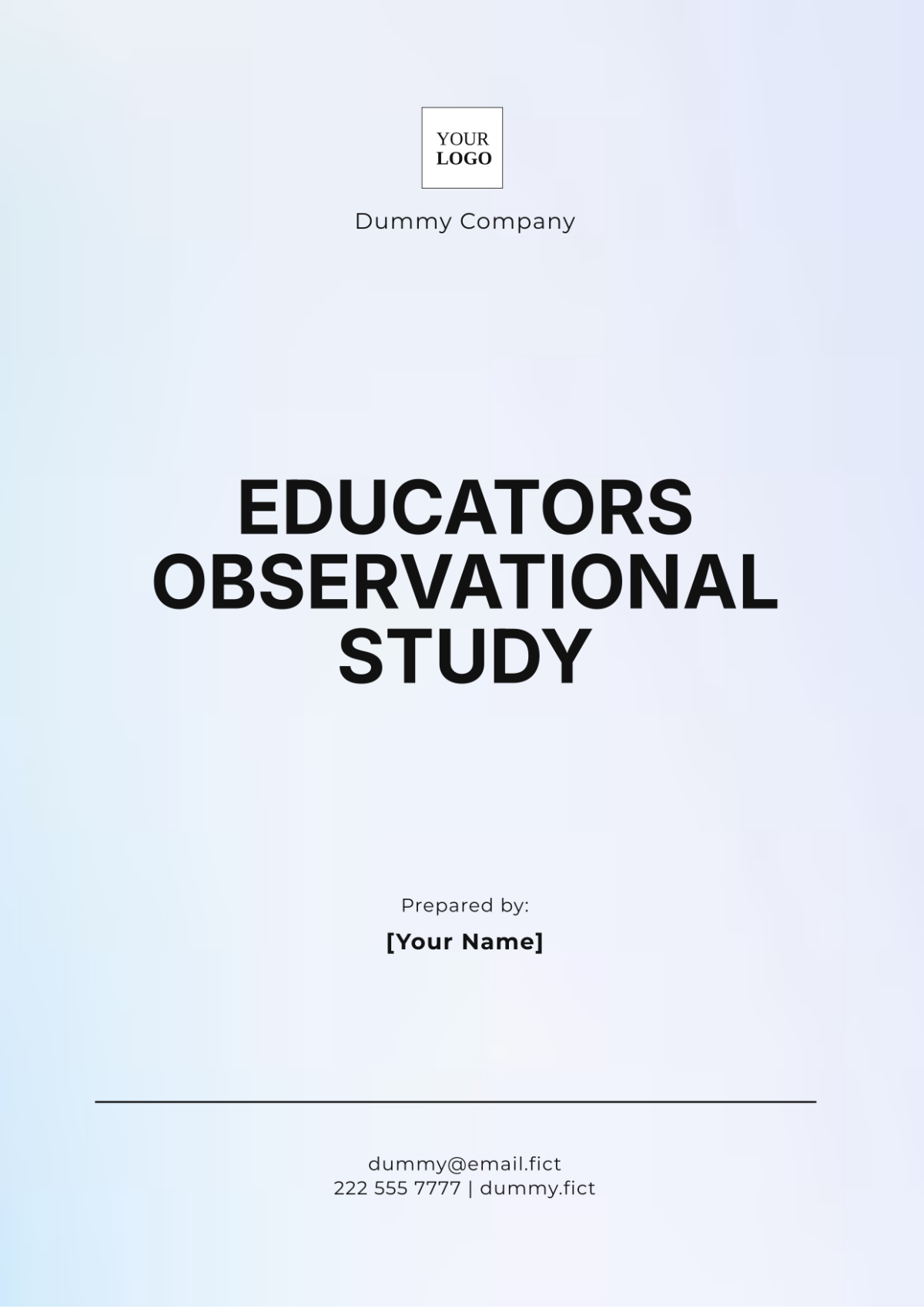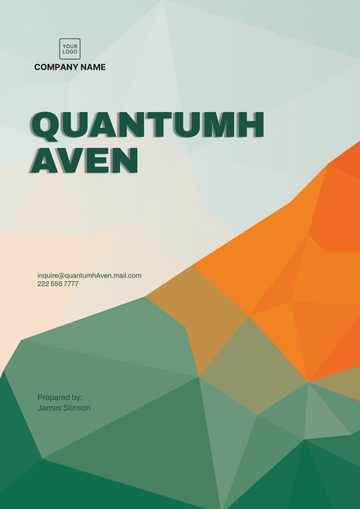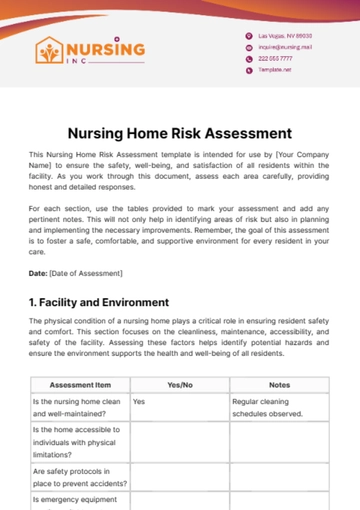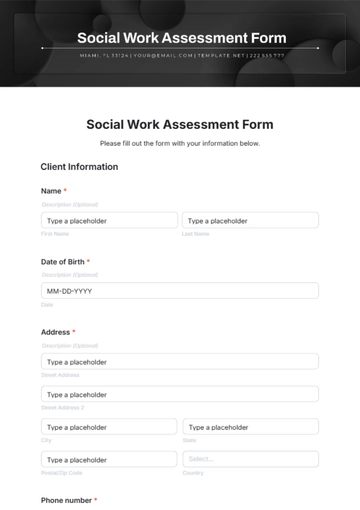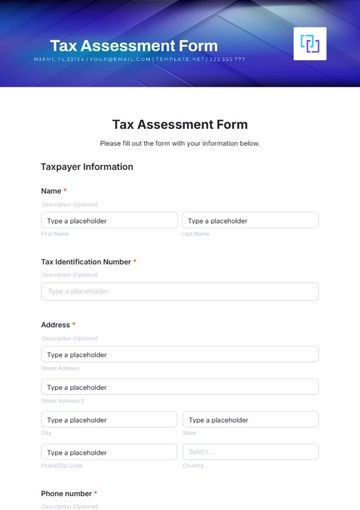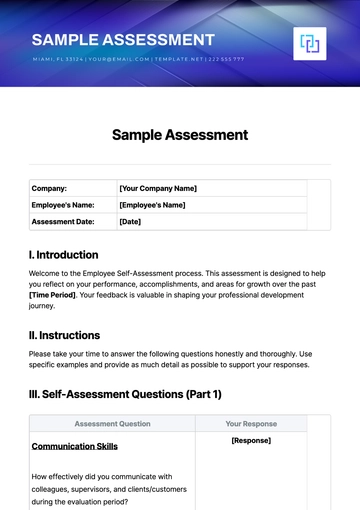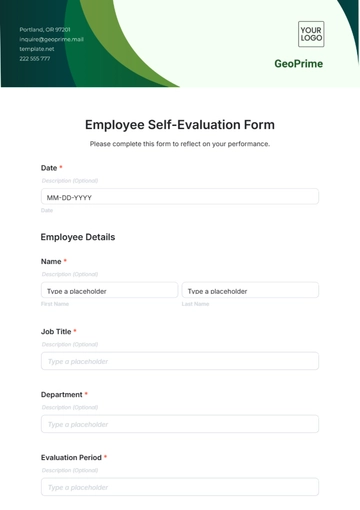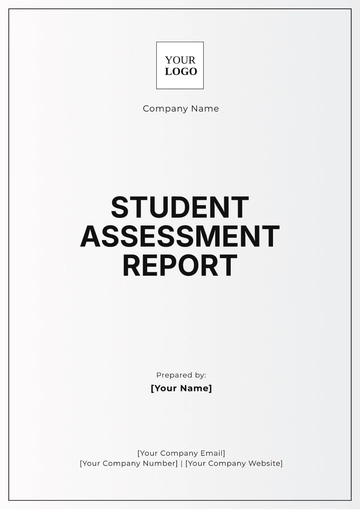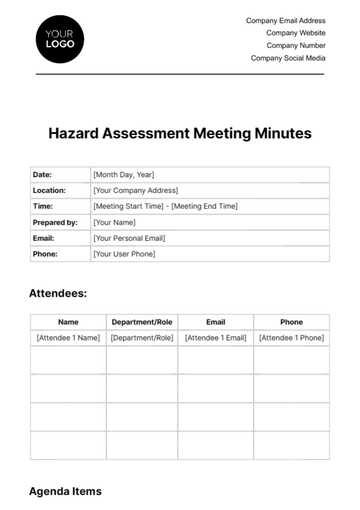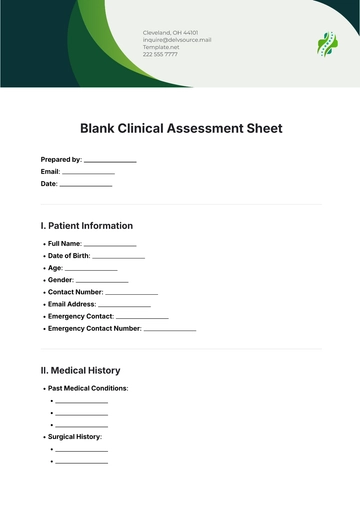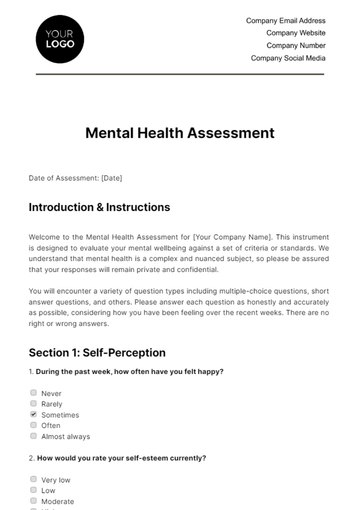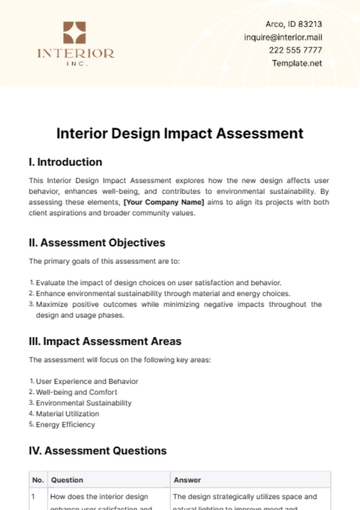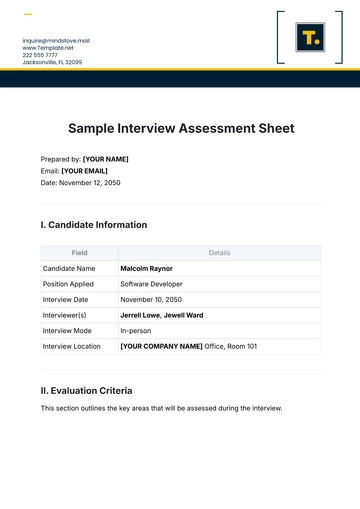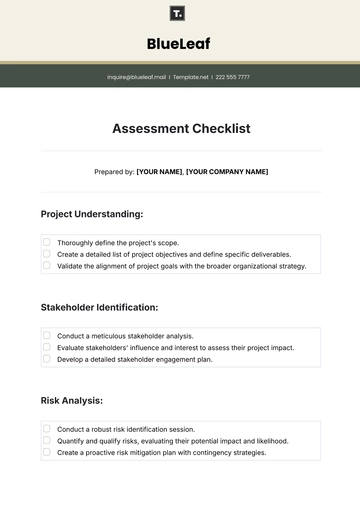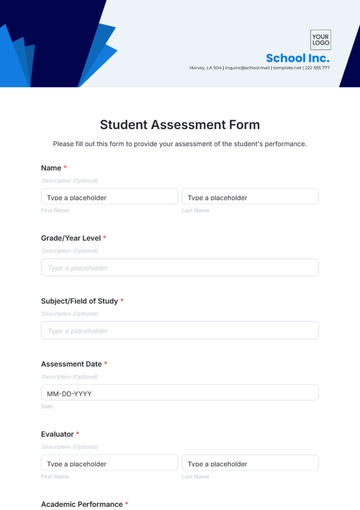EDUCATORS OBSERVATIONAL STUDY
I. Introduction
Purpose of the Observation: To evaluate the effectiveness of interactive teaching methods in enhancing student engagement and understanding in a high school biology class.
Objectives of the Study: To assess student participation levels, teaching techniques used, and overall classroom dynamics during a lesson on cellular respiration.
Scope of the Observation: This study focuses on one class period of 50 minutes in a high school biology class.
II. Observer Information
III. Classroom Context
Description of the Classroom Environment: The classroom is well-lit with seating arranged in a semi-circle around a central teaching area. Educational posters related to biology are displayed on the walls.
Number of Students: 24
Age Group or Grade Level: 16-17 years old (11th grade)
Subject Being Taught: Cellular Respiration
IV. Observation Details
Observation Date and Time: September 10, 2024, 10:00 AM–10:50 AM
Specific Activities or Lessons Observed: The lesson focused on cell
respiration, including a group activity where students created models of the process.
Behavior of Students: Students were actively engaged during the group activity, with many asking questions and discussing concepts among themselves. A few students needed redirection to stay on task.
Interaction between Teacher and Students: The teacher facilitated the group activity, providing guidance and answering questions. There was a positive and supportive interaction, with the teacher encouraging student input.
Classroom Management Strategies: The teacher used a mix of verbal cues and group discussions to manage the classroom. Students were reminded of expectations and given clear instructions for the activity.
V. Data Collection
Notes on Teaching Techniques: The teacher utilized hands-on learning by having students build models, which seemed to enhance understanding. Visual aids and interactive discussions were effectively integrated.
Student Engagement and Participation: High engagement was observed, with most students participating actively in the discussion and group work.
Notable Incidents or Interactions: A student needed additional help with the model, which the teacher provided individually. There was a minor disruption when a group had difficulty collaborating, which was quickly addressed by the teacher.
Use of Educational Resources: The teacher used diagrams, a model-building kit, and a digital presentation to support the lesson.
VI. Analysis
Summary of Observations: The interactive approach effectively engaged students and facilitated a deeper understanding of cellular respiration. The teacher's use of visual aids and group activities contributed to a positive learning environment.
Identified Patterns or Trends: Hands-on activities and visual aids were highly effective in maintaining student interest and understanding. Students responded well to the teacher's interactive style.
Strengths and Areas for Improvement: Strengths include high student engagement and effective use of resources. Areas for improvement include providing additional support to students who struggle with group activities.
VII. Recommendations
Suggestions for Teaching Practices: Continue using interactive and hands-on activities. Consider incorporating additional support for students who need extra help with collaborative tasks.
Recommendations for Student Support: Provide differentiated instruction or extra resources for students who find group activities challenging.
Observational Study Templates @ Template.net
